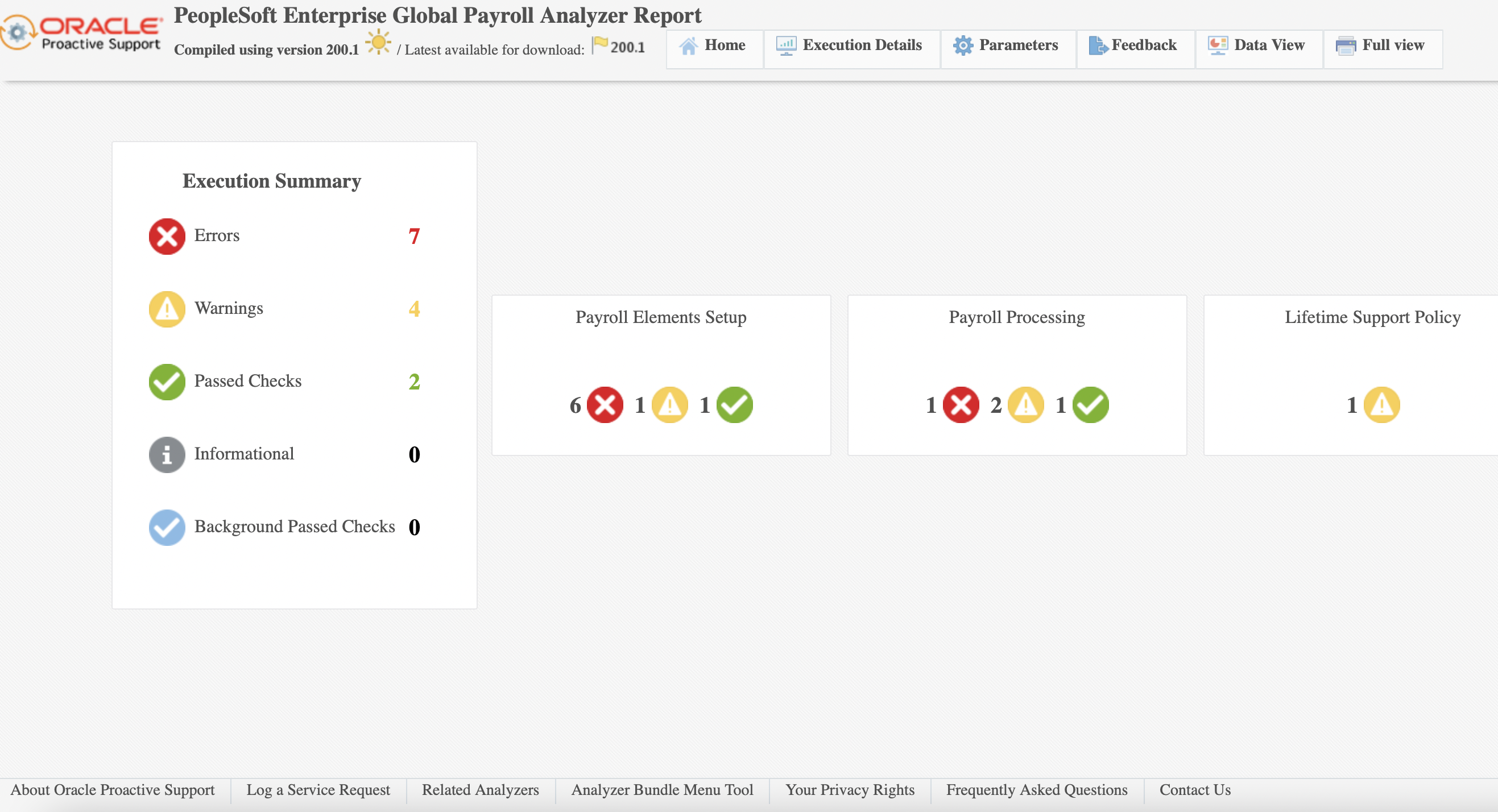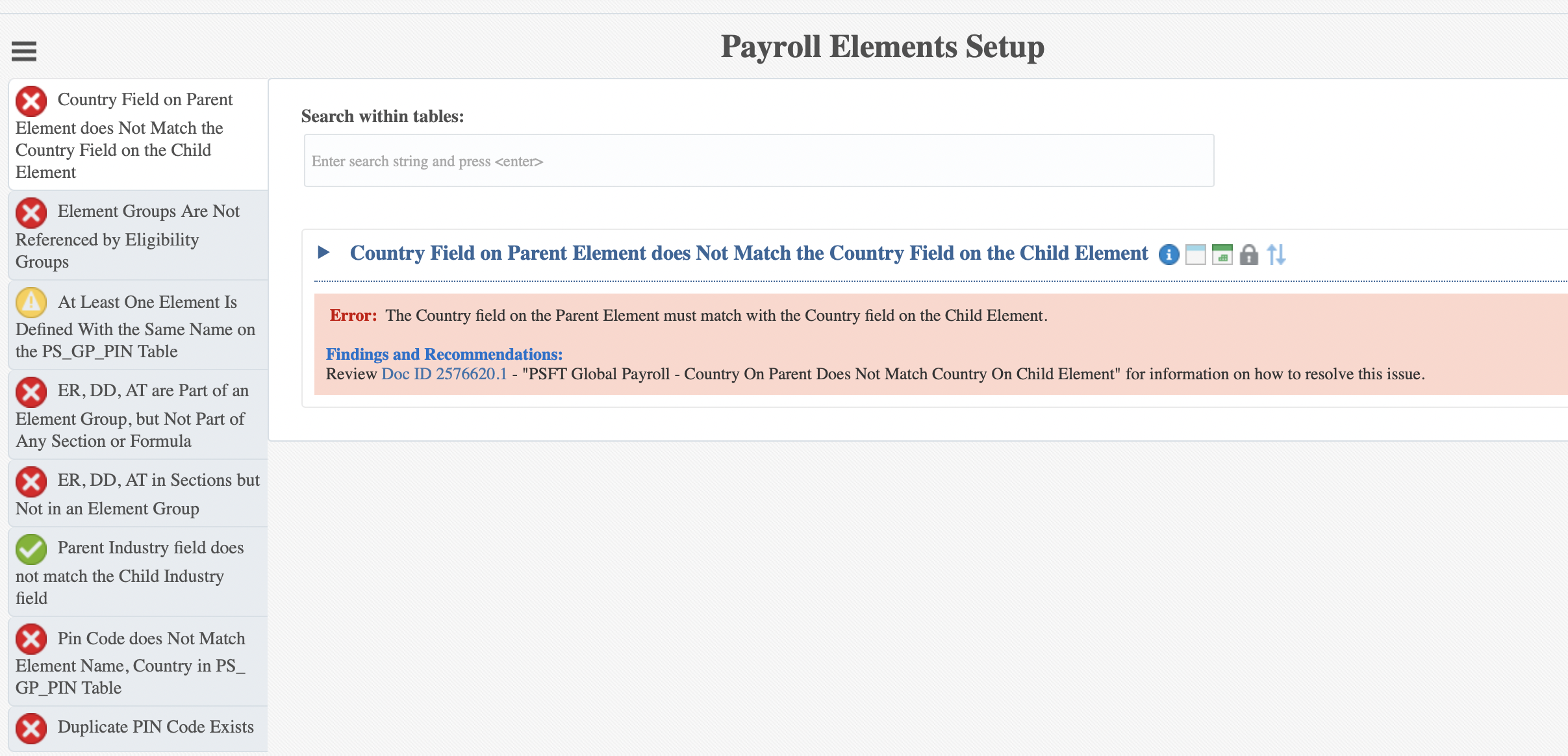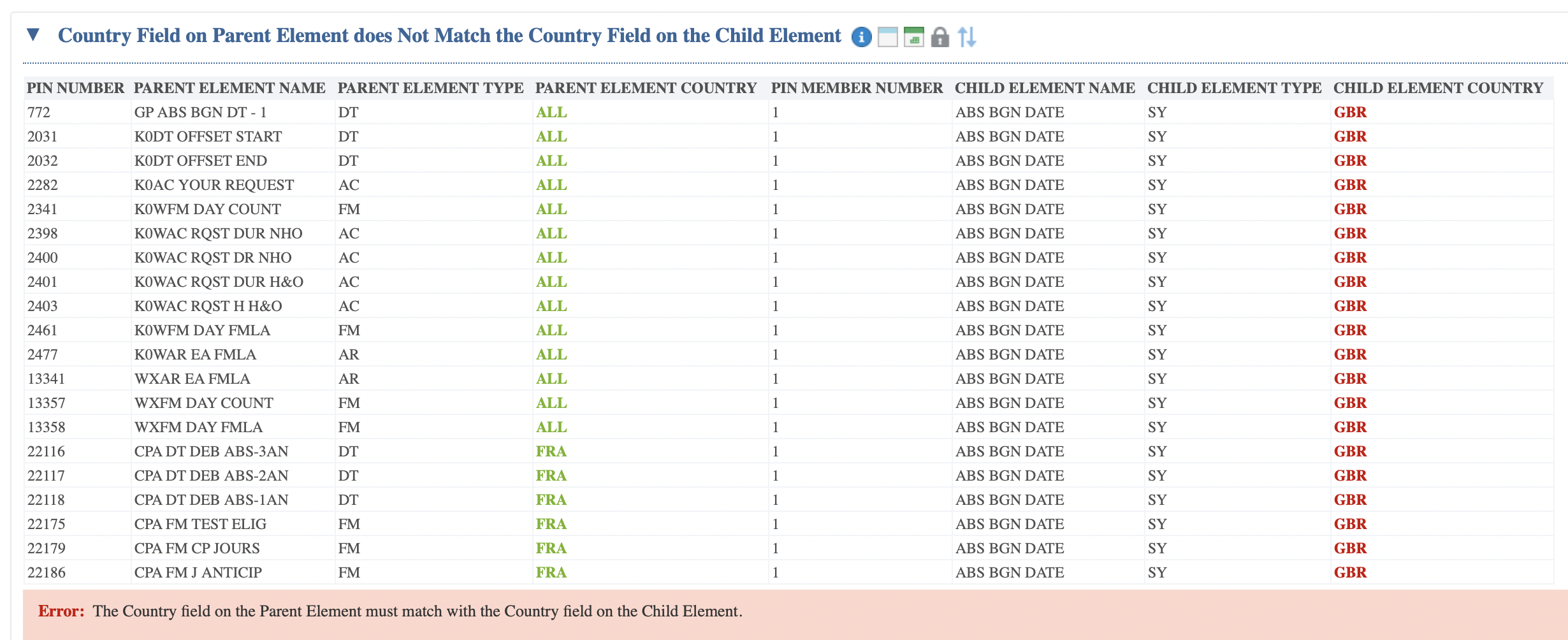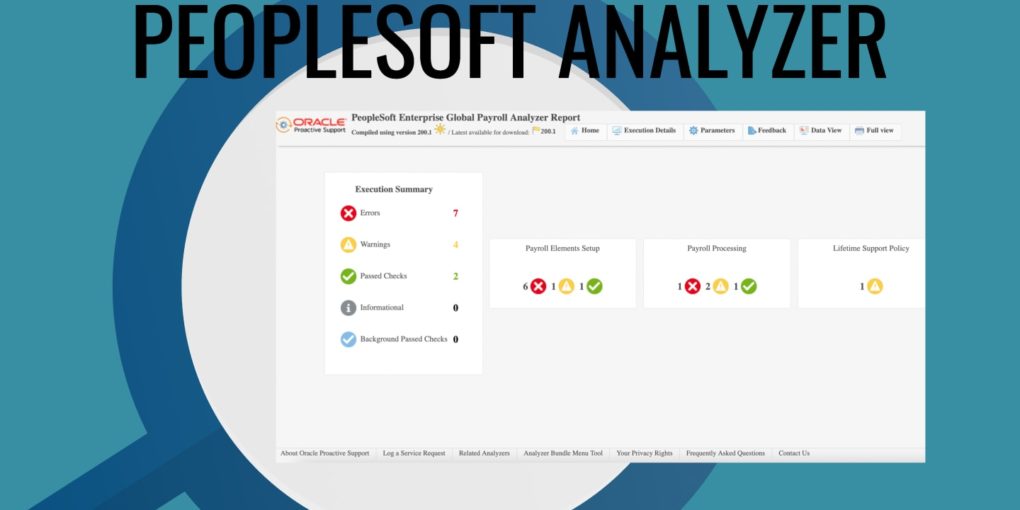PeopleSoft Analyzers
There are two approaches to maintain your PeopleSoft application – Reactive & Proactive.
Reactive approach is when you resolve an issue after it has occurred, whereas proactive approach is when you identify a potential problem and apply the fix even before the issue is reported.
PeopleSoft Update Manager is one such tool that can be used for both reactive and proactive approaches to address your application issues.
Another way to proactively monitor your PeopleSoft application is by using PeopleSoft Analyzers.
What are PeopleSoft Analyzers?
PeopleSoft Analyzers are self-service health-check scripts designed to be part of your production maintenance program.
These Analyzers can be used to troubleshoot & resolve issues related to day to day activities in your PeopleSoft environment. You can also proactively monitor your production applications using these analyzers.
What do PeopleSoft Analyzers do?
These self-service health-check analyzer scripts can review your current data, environment configuration & logs to help you optimize your application performance. The Analyzer generates an easy-to-read HTML output report that provides analysis and recommendations, with solutions and early warnings about items that should be reviewed and corrected.
Oracle recommends that these Analyzers should be used as first line of defense before logging a SR with Oracle.
What does PeopleSoft Analyzers contain?
PeopleSoft Analyzer contains scripts that are considered to be ‘non-invasive’, meaning these scripts do not perform any INSERT, UPDATE or DELETE to your application data.
These scripts runs SELECT commands to get data from the tables necessary to diagnose application issues. It will then generate a HTML output that contains recommendations & provide solutions to issues identified. HTML format also makes it easy to review the recommendations and take corrective action.
Which PeopleSoft Analyzers are currently available?
Currently PeopleSoft Analyzers are available for Global Payroll & Cloud only.
Global Payroll analyzer can be used to identify issues related to Payroll elements, Cobol processing & Payroll processing. This analyzer should be run before running payroll activities.
Below is a sample report generated by Global Payroll Analyzer.

This HTML report shows the execution summary that includes Errors, Warning, Passed Checks, Informational and Background Passed Checks.
In above example, Global Payroll Analyzer found issues with Payroll Elements Setup, Payroll Processing and Lifetime Support Policy. You can click on these items to review the issues in detail.

Payroll Elements Setup shows the details of the error and also lists ‘Findings and Recommendations’ that can be referred to resolve the issue.
You can also review additional details about the issue by expanding the listed item.


Icons next to the issue allows you to view the signature information, download the results to TXT or CSV format, mask the data and sort the table.
How can I get PeopleSoft Analyzers?
PeopleSoft Analyzers can be downloaded directly from Oracle Support. Doc ID for PeopleSoft Analyzers is 2821917.21 and it has links to Global Payroll Analyzer & Cloud Analyzer. In future, you can expect more PeopleSoft Analyzers to be made available. These Analyzers are updated on monthly basis, so be sure to regularly check for new versions.
Once downloaded, these PeopleSoft Analyzers must be configured & executed for the desired environment. Script to be executed is run_analyzer.sh (for linux) or run_analyzer.bat (for windows). Oracle recommends to run this first on a recent copy of production.
Global Payroll Analyzer generates a single zip file that contains all the scripts outputs and files collected with the main Analyzer HTM report in the format PSFT_G_Payroll_date.html.
Who should use PeopleSoft Analyzers?
PeopleSoft Analyzers are usually configured and executed by the DBA or system administrators and then reviewed by product specialists, business analysts and others who might be involved in the resolution of the issues identified in the report.

